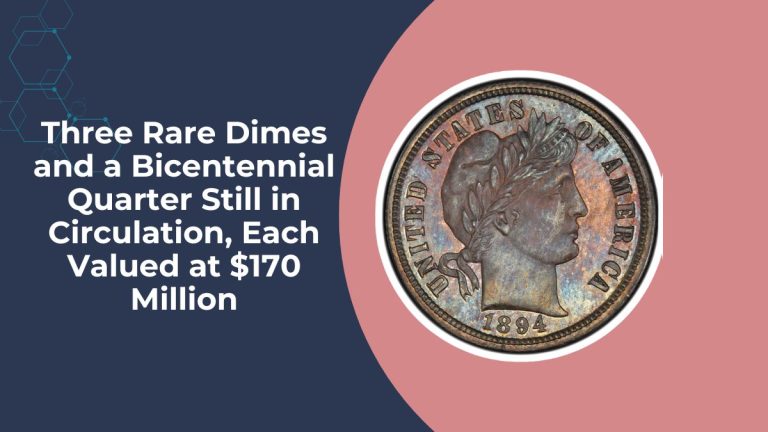As 2025 approaches, the Internal Revenue Service (IRS) has announced several key tax changes that will impact taxpayers across the United States. Staying informed about these updates is crucial for effective financial planning and ensuring compliance with the latest tax regulations.
Tax Brackets and Rates
The IRS has adjusted tax brackets for 2025 to account for inflation, aiming to prevent “bracket creep,” where taxpayers are pushed into higher tax brackets due to cost-of-living increases rather than actual income growth. The updated tax brackets are as follows:
- 10% Bracket: Up to $11,000 for single filers; up to $22,000 for married couples filing jointly.
- 12% Bracket: $11,001 to $44,725 for single filers; $22,001 to $89,450 for married couples filing jointly.
- 22% Bracket: $44,726 to $95,375 for single filers; $89,451 to $190,750 for married couples filing jointly.
- 24% Bracket: $95,376 to $182,100 for single filers; $190,751 to $364,200 for married couples filing jointly.
- 32% Bracket: $182,101 to $231,250 for single filers; $364,201 to $462,500 for married couples filing jointly.
- 35% Bracket: $231,251 to $578,100 for single filers; $462,501 to $693,200 for married couples filing jointly.
- 37% Bracket: Over $578,100 for single filers; over $693,200 for married couples filing jointly.
These adjustments are designed to align tax obligations with inflation, ensuring taxpayers are not unfairly taxed on income that has not increased in real terms.
Standard Deductions and Exemptions
In 2025, the standard deduction amounts have been increased to provide greater tax relief:
- Single Filers: $15,000
- Married Couples Filing Jointly: $30,000
- Heads of Household: $22,500
These increases aim to reduce taxable income, potentially lowering overall tax liability for many taxpayers.
Tax Credits
The IRS has also updated various tax credits to reflect inflation and provide additional support to eligible taxpayers:
- Earned Income Tax Credit (EITC): The maximum credit for taxpayers with three or more qualifying children has increased to $8,046. Eligibility criteria include earned income not exceeding $63,398 and investment income under $11,000.
- Child and Dependent Care Credit: Adjustments have been made to reflect higher qualifying expenses, offering increased relief to working parents and caregivers.
Retirement Account Contributions
Contribution limits for retirement accounts have been adjusted to encourage greater savings:
- 401(k) Plans: The contribution limit has increased to $23,500, with an additional catch-up contribution of $7,500 for individuals aged 50 and over.
- Individual Retirement Accounts (IRAs): The contribution limit remains at $7,500, with a catch-up contribution of $1,000 for those aged 50 and over.
These changes provide opportunities for taxpayers to enhance their retirement savings while benefiting from tax advantages.
| Tax Bracket | Single Filers Income Range | Married Filing Jointly Income Range | Standard Deduction (Single) | Standard Deduction (Married) |
|---|---|---|---|---|
| 10% | Up to $11,000 | Up to $22,000 | $15,000 | $30,000 |
| 12% | $11,001 to $44,725 | $22,001 to $89,450 | $15,000 | $30,000 |
| 22% | $44,726 to $95,375 | $89,451 to $190,750 | $15,000 | $30,000 |
| 24% | $95,376 to $182,100 | $190,751 to $364,200 | $15,000 | $30,000 |
Understanding these IRS tax changes for 2025 is essential for effective financial planning. By staying informed and adjusting your tax strategies accordingly, you can optimize your tax situation and take full advantage of the available benefits.
What are the new tax brackets for 2025?
The IRS has adjusted tax brackets for 2025 to account for inflation. For example, the 10% bracket applies to single filers with income up to $11,000 and married couples filing jointly with income up to $22,000. Higher brackets have similarly adjusted income ranges.
How has the standard deduction changed for 2025?
The standard deduction has increased to $15,000 for single filers and $30,000 for married couples filing jointly, providing greater tax relief by reducing taxable income.
What is the new maximum Earned Income Tax Credit (EITC) for 2025?
The maximum EITC for taxpayers with three or more qualifying children has increased to $8,046. Eligibility criteria include earned income not exceeding $63,398 and investment income under $11,000.







